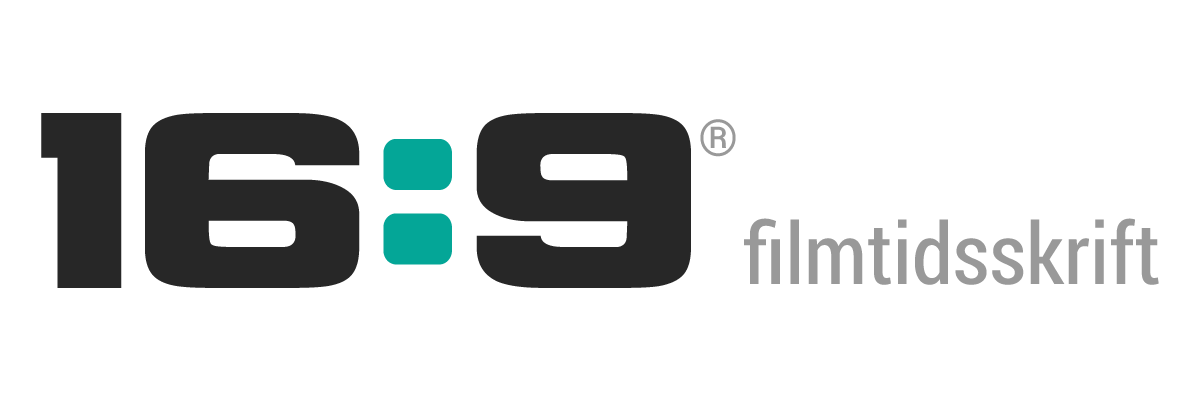The iconic ending of the film Thelma and Louise (directed by Ridley Scott, and scripted by Callie Khouri, 1991) has divided the critics across three decades. While some believe it is a powerful feminist statement, others have attacked it arguing that it suggests that the only option for women with agency is suicide, and Thelma and Louise’s death is their ultimate punishment for their non-conformity.
This video essay deconstructs Scott and Khouri’s controversial ending by putting Thelma and Louise into dialogue with two other unrelated films—namely Vittorio De Sica’s Miracolo a Milano (1951) and Spielberg’s E.T. (1982). Like Thelma and Louise, Miracolo a Milano and E.T. include sequences of police overreaction and violence against vulnerable people (the homeless in Vittorio de Sica’s film and the children in Spielberg’s film), but with opposite outcomes—their protagonists prevail.
This “improbable” intertextuality allows me to create an alternative imaginary of fantasy and freedom for the two protagonists. Rather than death as punishment, the two women’s fall is turned into a flight. In this sense, following Helene Cixous, flying (“voler” in French) becomes ultimately the subaltern’s gesture of defiance. Furthermore, by suspending and defamiliarizing the default classification of its implied (i.e. straight) viewers, the deformation highlights the lesbian undertones of Scott and Khouri’s film.

Facts
Works cited (according to fair use policies)
- Thelma and Louise (1991), directed by Ridley Scott, scripted by Callie Khouri.
- Miracolo a Milano (1951), directed by Vittorio de Sica.
- E.T. (1983), directed by Steven Spielberg.
- Hélène Cixous (1975), Le Rire de la Méduse, Paris: Éditions Galilée.

